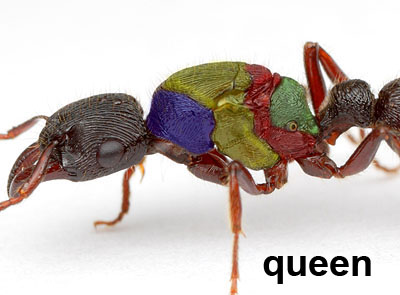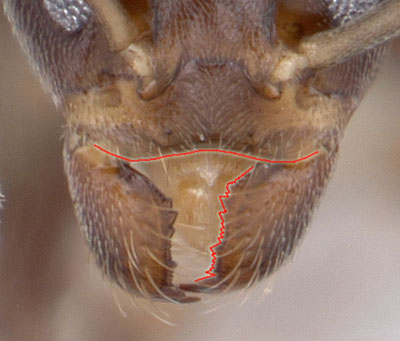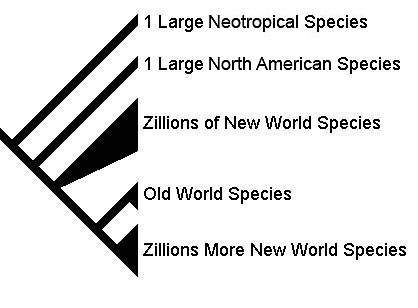Dear God: Please please please let me have the motivation (and balls) to enter
this contest. Amen.
The 2009 AAAS Science Dance ContestHOW TO ENTER: The contest is open to anyone who has (or is pursuing) a Ph.D. in any scientific field, such as physics, chemistry, biology, psychology, anthropology, or in science-related fields such as mathematics, engineering, linguistics, bioethics, the history of science, etc. regardless of whether you've remained in academia.
1. Make a video of your own Ph.D. dance.
2. Post the video on YouTube. In the video's information box, include your Ph.D. title and any relevant information (scientific or artistic) that you'd like to share.
3. Not later than 23:00 EST 16 November 2008, email your name; current affiliation and status; the title of your Ph.D., university where it is earned, and completion date; and the Internet link to your Ph.D. dance video to: gonzo@aaas.org
Once this information is posted on the Contestants video page, you are officially entered in the contest.
* * Submission deadline: 16 November 2008 * *HOW TO WIN: On 17 November 2008, an independent panel of judges will select a total of 4 winners from the following categories:
Graduate Student: Best among those currently enrolled in a Ph.D. program
Post-Doc: Best among those who have a Ph.D. but not tenure at a university
Professor: Best among those with Ph.D. and tenure at a university
Popular Choice: The video with the highest YouTube viewcount by the deadline
If a dance video wins in both the Popular Choice and another category, the video with the next highest viewcount wins the Popular Choice award. The dance can be solo or a group effort, but the author of the Ph.D. must appear in a central role. This is a dance contest, not a video contest, so the judges will focus on the quality of the dance rather than any fancy editing you do with iMovie. The winning dances will be those that most creatively convey the scientific essence of their respective Ph.D. theses.
THE PRIZE: On the day you are chosen as a winner, you must submit a single peer-reviewed research article on which you are a co-author. (Graduate students who have not yet co-authored an article must choose one co-authored by their Ph.D. advisor.)
Each of you will be paired with a professional choreographer. (A team of 4 choreographers in Chicago are ready and waiting.) Over the next couple of weeks (via email and telephone) you must help your choreographer understand your article, its aims, the hypotheses it tests, and its big-picture context. With that knowledge, the choreographers will collaborate to create a 4-part dance based on the science behind the 4 winning research articles.
You will be honored guests at the 2009 AAAS Annual Meeting in Chicago in February. Accommodation for 2 nights will be provided, and travel grants are available to help cover your expenses.
During the AAAS meeting, on 13 February 2009, you will have front row seats to the world debut of "THIS IS SCIENCE"--the professional dance interpretation of your scientific research.















































